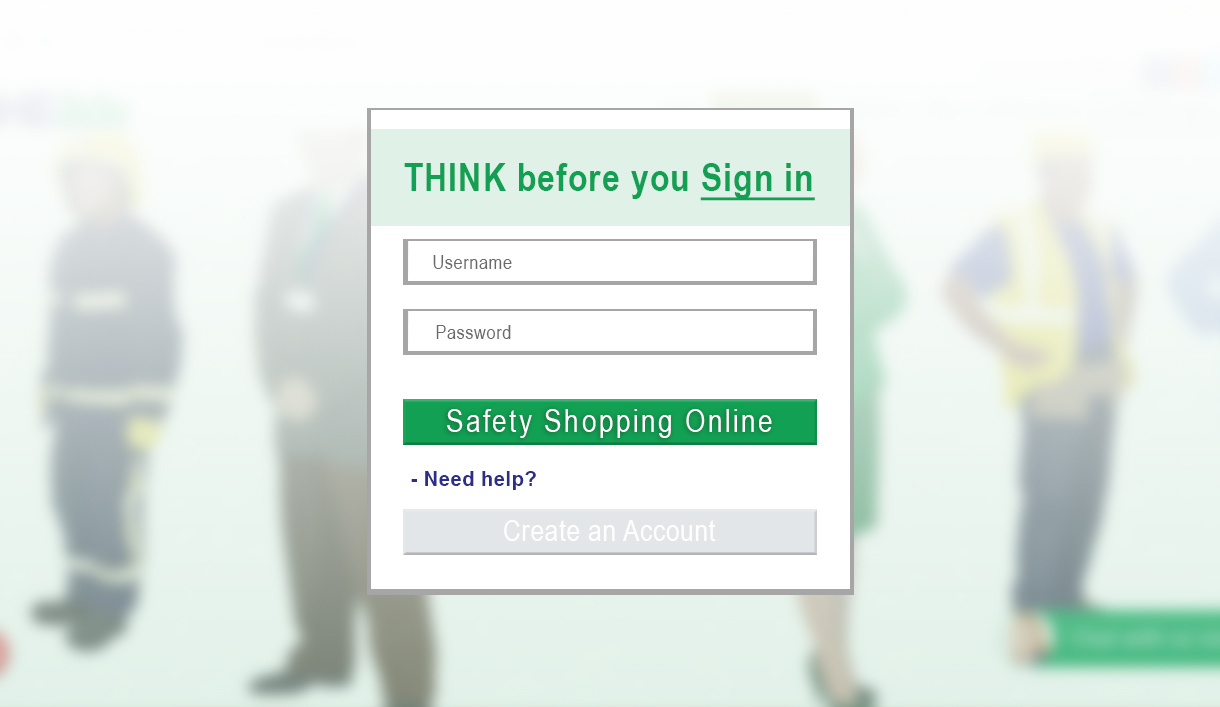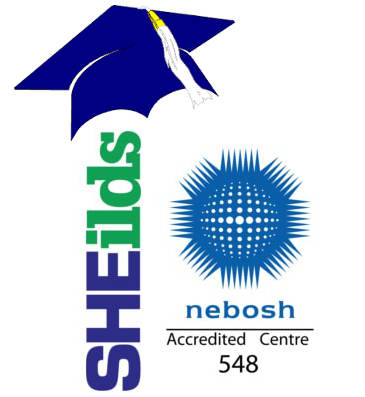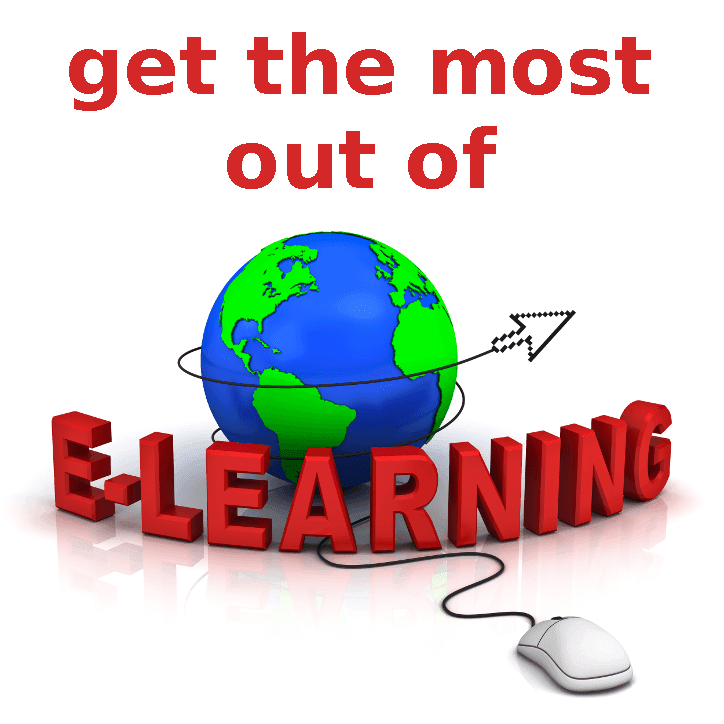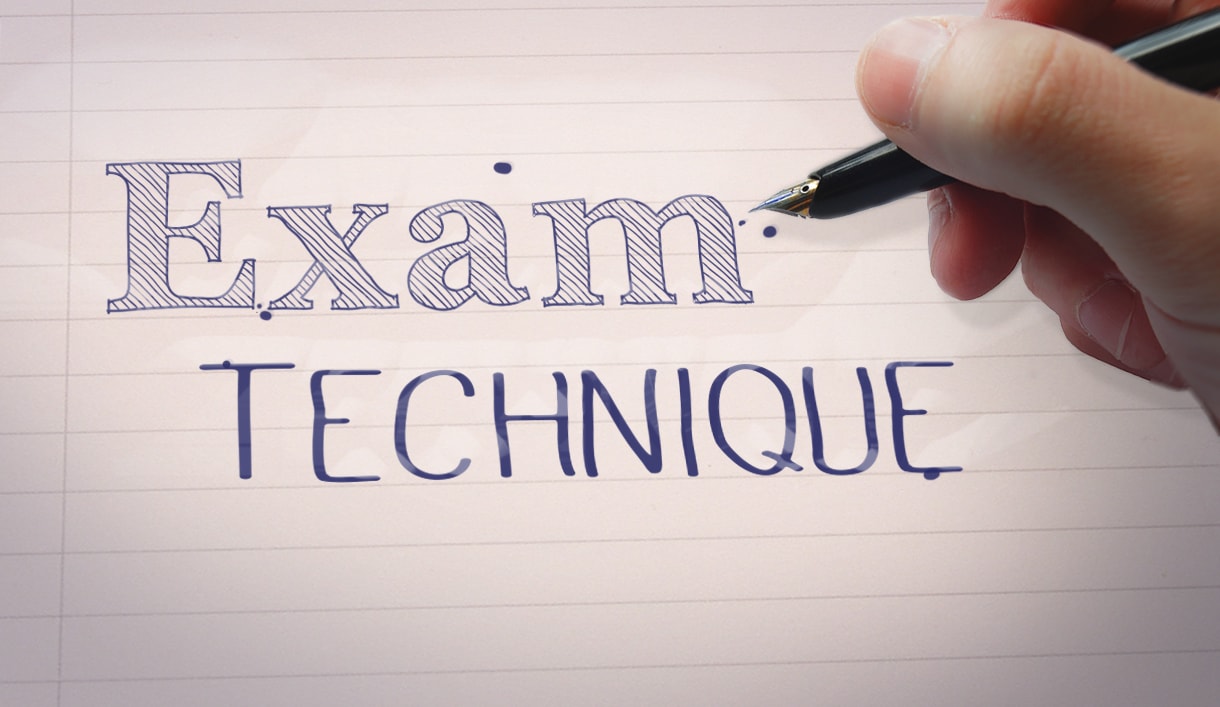Practical Advantages eLearning vs. Classroom Education
eLearning vs Classroom Education
Navigating through the transformative age of education, eLearning emerges as a pragmatic and potent paradigm vs classroom education. eLearning surfaces with a toolkit of benefits, embodying flexibility, adaptability, and accessibility. In this exploration, we’ll dissect the core advantages of eLearning, laying out a roadmap to guide your educational choices in this digitally dominated landscape. Now is a better time than ever to start eLearning!
Flexibility and Convenience
In the realm of eLearning vs Classroom education, eLearnings flexibility reigns supreme. It disassembles the traditional classroom schedules, allowing learning to unfold according to one’s convenience. This model eliminates the rush, granting learners the freedom to access educational content whenever and wherever, if there’s an internet connection.
eLearning Experience
eLearning stands out with its ability to customise educational experiences. Learners can navigate through courses, focusing on their areas of need, and bypassing content they’ve already mastered. This personalisation aspect optimizes the learning process, ensuring that time and effort are invested most effectively.
Cost-Effectiveness
Financial practicality is another hallmark of eLearning. By transitioning to a digital platform, it curtails various expenses associated with traditional learning, such as transportation and physical materials, potentially making quality education more economical and accessible.
Accessibility and Inclusivity
eLearning levels the playing field, ushering in a wave of inclusivity. By minimizing geographical and physical constraints. Unlike Classroom Education, eLearning opens its doors to a wider audience, ensuring that learning opportunities are more universally accessible and adaptable to various needs.
Engaging Multimedia Content
Enhanced engagement is central to the eLearning experience. Leveraging a mix of multimedia content – from videos and animations to interactive quizzes – it captivates learners’ attention, facilitating improved comprehension and retention of information.
Self-Paced Learning
eLearning promotes learner autonomy, allowing individuals to set their own pace which differs to traditional classroom education. The eLearning model encourages learners to spend more time on challenging concepts, ensuring a more profound and comprehensive understanding of the material.
Instant Feedback and Assessment
Quick, real-time feedback is a cornerstone of eLearning. It facilitates an ongoing assessment process, enabling learners to continuously calibrate their efforts and improve based on immediate insights and evaluations.
Global Collaboration
The global connectivity fostered by eLearning enriches the educational experience. It connects learners across borders, fostering diverse interactions and perspectives, enhancing the learning ecosystem with multicultural insights.
eLearning or Classroom Education which is better?
eLearning surfaces as a better alternative vs traditional classroom education. With its practical benefits, including flexibility, customization, and global connectivity, it aligns well with the dynamic needs of contemporary learners. Embrace eLearning to navigate the pathways of modern education with adaptability and foresight.











